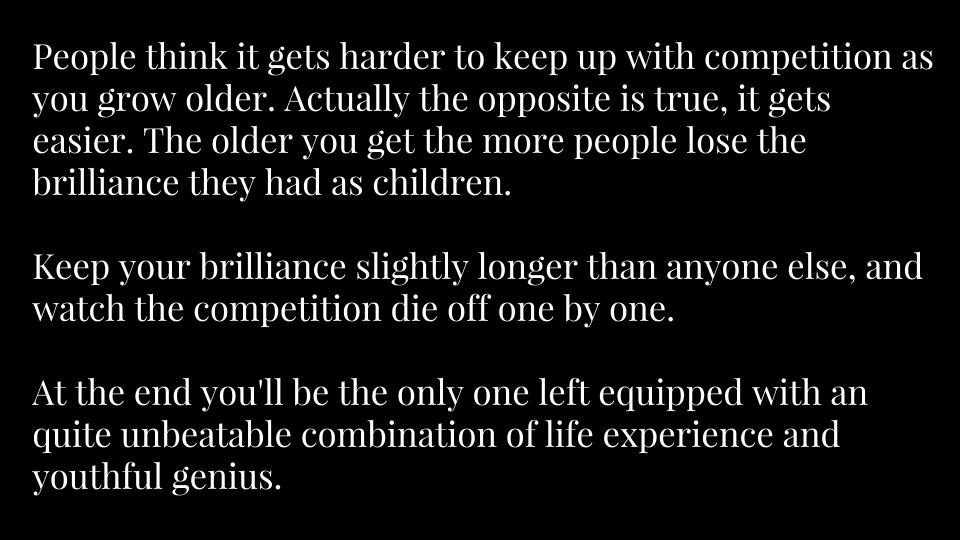When we consciously try to be unique, we turn out all the same.
Recently, a mathematician managed to come up with an equation explaining why all hipsters turn out looking the same.
“If you take […] any group that decides to go against the majority—by trying to be different, they will ultimately all do the same thing at the same time”
The same goes for brands.
Most conform by trying to be unique.
After all, it’s only human. And brands are supposed to be human, right?
Brands display what American novelist Edith Wharton called “symptom of immaturity” or the “dread of doing what has been done before.”
And in the process they wind up doing the same as everyone else.
Their picture of “new” and “different” is the same – at exactly the same time – as everyone else’s.
Shakespeare said “To thine own self be true”.
To have a self, to which to be true.
Brands struggle to be themselves every day, just like everyone else.
When they find themselves, it’s not uncommon that they come off as genuine as opposed to fake.
And instil an unusual sense of trust and authenticity in others.
They might become leaders in their field if they find some cause really important to them.
Or not. Which is fine.
They might find great success – or not, as their cause might be one that rarely gets much attention.
Which is also fine.
Remember, “success is the completion of anything intended”.
And not everyone intends the same thing – at exactly the same time – as everyone else.





